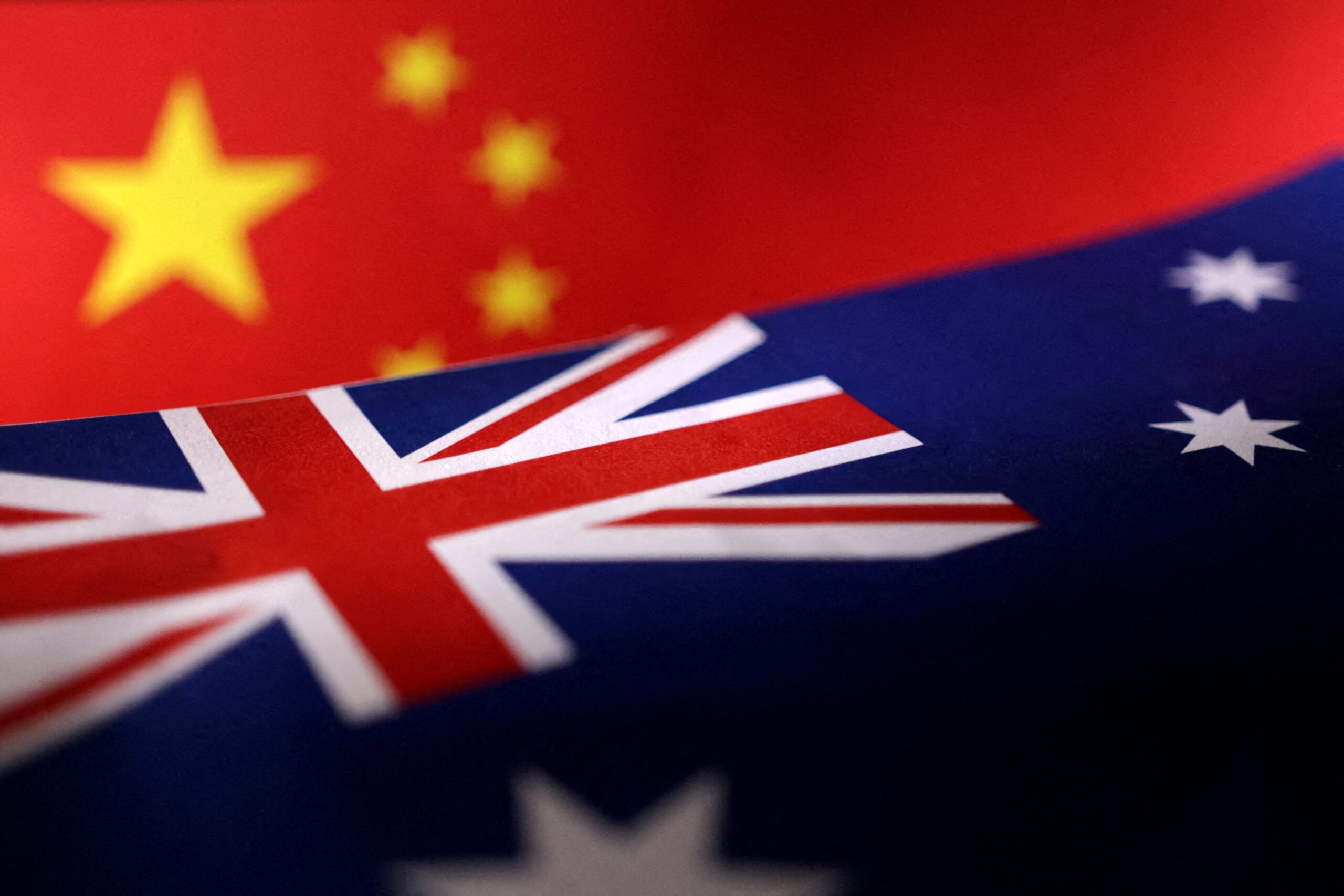Australian Air Force Pilots Overhear Chinese Navy's Live-Fire Alert on Communications Channel
by Kirsty Needham
AVALON, Australia, March 25 (reuters) – Last month, the Royal Australian Air Force (RAAF) was keeping an eye on a chinese navy warship that was making its way around Australia. During this time, defense pilots picked up a rather alarming message on civilian radio: the ship announced it would be conducting live-fire exercises.
In February, a frigate from the People’s Liberation Army Navy carried out these live-fire drills in the tasman Sea between Australia and New zealand. This event led to 49 commercial flights being rerouted—a important disruption for travelers. While China claims it provided sufficient notice about these exercises according to international standards, both Australian and New Zealand officials believe thay didn’t meet best practices for such notifications.
Interestingly enough, it was a Virgin Australia pilot who first caught wind of this live-fire drill when he tuned into the emergency frequency of 121.5 MHz. With national elections looming in May,Peter Dutton from the opposition Liberal Party took aim at the Labor government for what he described as “outsourcing our national maritime surveillance to an airline pilot.”
At Tuesday’s australian International Airshow in Avalon,RAAF pilots shared insights about their P-8A Poseidon aircraft that were actively monitoring communications from the Chinese warship using UHF and VHF channels—details previously kept under wraps. Flying officer Patrick Makeham explained that they received standard warnings regarding positions and intentions related to live-fire activities—essentially akin to announcing upcoming drills in specific areas.
Air Commodore Gus porter emphasized that while P-8A aircraft are primarily designed for anti-submarine warfare and deterrence strategies, constant proximity isn’t necessary for effective tracking of naval movements. He noted that routine surveillance missions are conducted over international waters in regions like the South China Sea—a point of contention with china.
Just last month, Australia lodged complaints against China after an incident where a Chinese fighter jet released flares dangerously close—within 30 meters (about 100 feet)—of an Australian P-8A aircraft.
(Reporting by Kirsty Needham in Avalon; Editing by Jamie Freed)
(c) Copyright Thomson Reuters 2025.
Content Original Link:
" target="_blank"> English
English Chinese (Simplified)
Chinese (Simplified) Finnish
Finnish French
French German
German Greek
Greek Italian
Italian Norwegian
Norwegian Spanish
Spanish Swedish
Swedish


















































